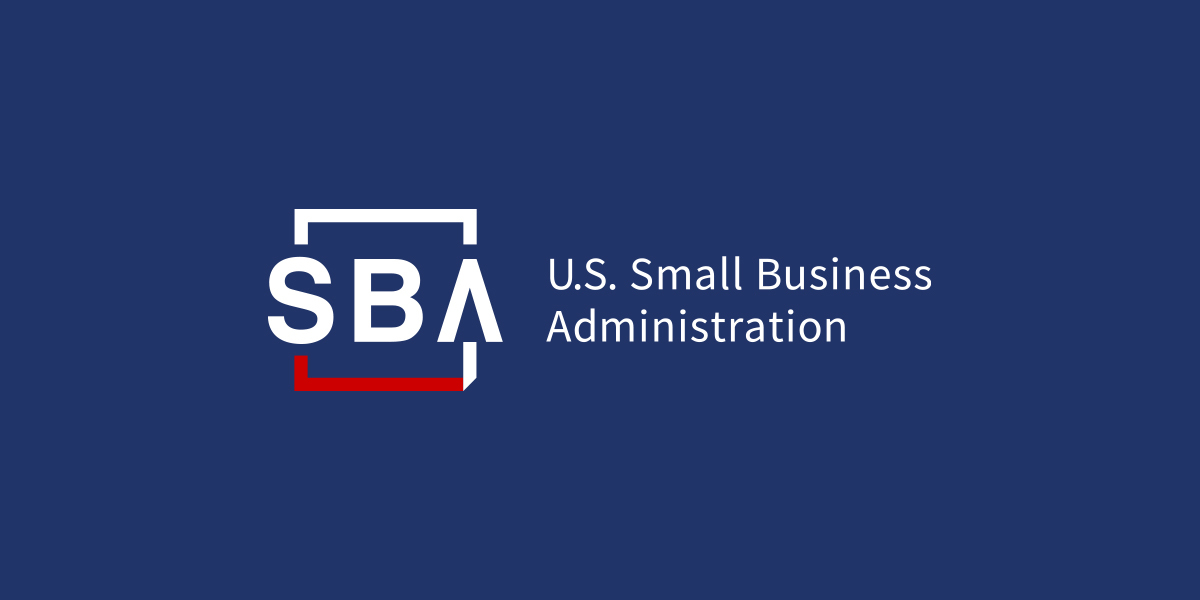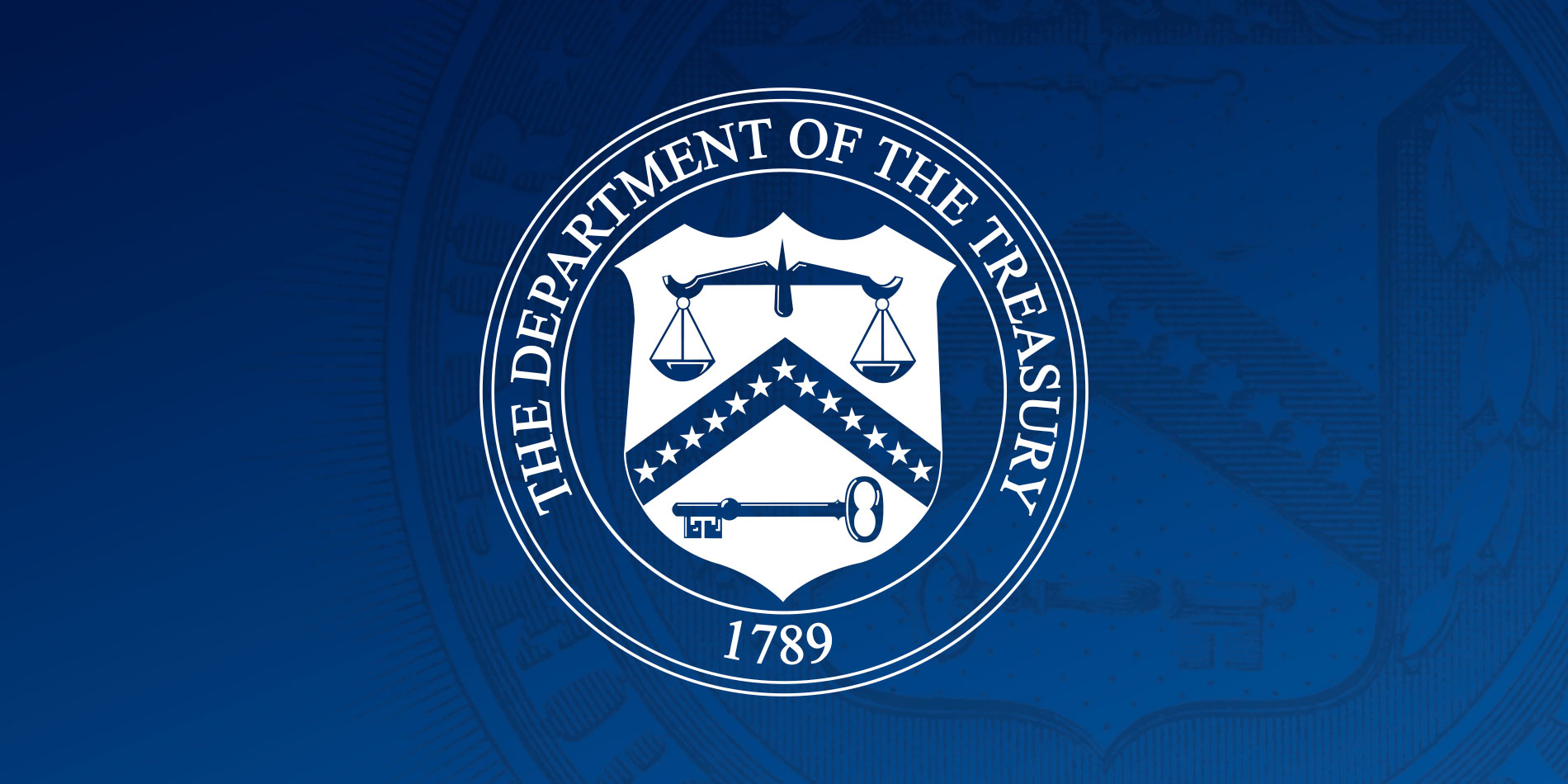Explore web search results related to this domain and discover relevant information.
A mutual fund is a type of investment company, known as an open-end fund, that pools money from many investors and invests it based on specific investment goals. The mutual fund raises money by selling its own shares to investors. The money is used to purchase a portfolio of stocks, bonds, ...
A mutual fund is a type of investment company, known as an open-end fund, that pools money from many investors and invests it based on specific investment goals. The mutual fund raises money by selling its own shares to investors. The money is used to purchase a portfolio of stocks, bonds, short-term money-market instruments, other securities or assets, or some combination of these investments.Closed-end funds, which are a less common type of investment company, differ from open-end funds because they raise money only once in a single offering, much the way a company might raise money at its initial public offering (IPO). After the shares are sold, the closed-end fund uses the money to buy a portfolio of underlying investments, and any further growth in the size of the fund depends on the return on its investments, not new investment dollars.For instance, many large-cap stock funds typically use the S&P 500 Index as the benchmark for their performance. A fund that invests in stocks across market capitalizations might use the Dow Jones Wilshire 5000 Total Stock Market Index, which measures more than 5,000 small-, mid- and large-company stocks.These fees and expenses can vary widely from fund to fund or fund class to fund class. Even small differences in expenses might make a big difference in your return over time. FINRA provides an easy-to-use, online Fund Analyzer that allows you to compare expenses among funds—or among different share classes of the same fund.

FINRA Fund Analyzer Overview | What's New | Types of Calculations Available in the Fund Analyzer | Using Search | Understanding the Analyzer's Results | Share the Results of Your Analysis | Printing or Saving Your Analysis | Help | Feedback | Using the Advanced OptionsHow to Configure the Fund ...
FINRA Fund Analyzer Overview | What's New | Types of Calculations Available in the Fund Analyzer | Using Search | Understanding the Analyzer's Results | Share the Results of Your Analysis | Printing or Saving Your Analysis | Help | Feedback | Using the Advanced OptionsHow to Configure the Fund Analyzer for Transaction ("Clean") Share Calculations Types of Calculations Available in the Fund AnalyzerDepending on your fund selections and the advanced options you employ, the Fund Analyzer can evaluate the following scenarios:1. Same Fund, Different Share Class, Same Account TypeCompare different share classes of the same mutual fund in termsIn rare cases, a difference in benefits also occurs with load shares. Your total cost, account value, and pay to your advisor will vary according to the brokerage firm you use and benefits it offers. The Fund Analyzer allows you to do comparisons easily, quickly, and accurately.The comparison helps you select an appropriate option for your situation. Many fund companies offer good products and a variety of ways to pay for them (e.g., share classes). The actual securities in the funds' portfolios will differ. How you pay is not always the same, however, even if you use the same share class.Depending on your personal situation, some combination of options may be best in one case but not the other. Retirement accounts, for example, often limit the permissible share classes. Moreover, for active traders, often it makes sense to use no-load funds and/or ETFs within an advisory account since trades are free.

General Fund AA The General Fund - Basic Account accounts for all financial resources of the state not required to be accounted for in some other fund. AC Administrative Accounts in the General Fund - Used for accounts that have administrative functions but do not have a specific revenue source ...
General Fund AA The General Fund - Basic Account accounts for all financial resources of the state not required to be accounted for in some other fund. AC Administrative Accounts in the General Fund - Used for accounts that have administrative functions but do not have a specific revenue source and are generally funded with General Fund transfers.

Customers whose funds have been frozen since April 2024 will be paid out of the CFPB’s civil penalty fund, if a court approves.
The watchdog filed a lawsuit against Synapse on Aug. 21, 16 months after Synapse’s bankruptcy exposed a multimillion-dollar shortfall of funds between fintech user accounts and the banks Synapse connected them to.In a stipulated judgment and order entered concurrently in the Synapse bankruptcy case on Aug. 21, the CFPB proposed a $1 civil money penalty enabling it to access the civil penalty fund to redress harm to customers, such as users of affected fintechs Yotta, Copper and Juno.The CFPB using its fund to pay end users “would be a better outcome for claimants than continuing to search for someone to take the blame on their own,” Todd Baker, a senior fellow at the Richard Paul Richman Center for Business, Law, and Public Policy at Columbia Business and Law Schools, told American Banker when plans for the lawsuit were announced earlier this month.Jelena McWilliams, Synapse’s court-appointed Chapter 11 bankruptcy trustee, has asked that the court enter the stipulated judgment and order no later than Sept. 16. Missing that deadline would mean end users may have to wait an additional six months for the funds to be allocated, according to the civil penalty fund’s allocation schedule.
You’ve done the saving, and now it’s time to put your Bright Directions funds to use. Those funds can go toward more than just college tuition, they can be used for a wide range of qualified expenses at eligible institutions.
Electronic Funds Transfer to the account owner or beneficiary’s bank account ... Plan ahead. It’s beneficial to establish your bank account as a recipient of withdrawals in advance of any payment deadlines. Bright Directions offers flexibility when it’s time to use the funds, including:One of the flexible features of 529 plans is the ability to change the beneficiary. If the designated beneficiary does not need the funds, they can be transferred to another member of the beneficiary’s family, including siblings, parents, aunts, uncles, and first cousins.When the account beneficiary is ready for college your Bright Directions account can be used for a wide range of qualified expenses at eligible institutions.Assets in your Account can be used to pay for the Beneficiary’s Federal Qualified Higher Education Expenses, which include:
Secure .gov websites use HTTPS A lock ( ) or https:// means you’ve safely connected to the .gov website. Share sensitive information only on official, secure websites. Businesses and individuals impacted by recent disasters in Texas may be eligible for SBA assistance. ... It costs money to start a business. Funding ...
Secure .gov websites use HTTPS A lock ( ) or https:// means you’ve safely connected to the .gov website. Share sensitive information only on official, secure websites. Businesses and individuals impacted by recent disasters in Texas may be eligible for SBA assistance. ... It costs money to start a business. Funding your business is one of the first — and most important — financial choices most business owners make.Use Lender Match to find lenders who offer SBA-guaranteed loans. SBICs are privately owned and managed investment funds licensed and regulated by SBA. They use their own capital, plus funds borrowed with an SBA guarantee, to make equity and debt investments in qualifying small businesses.With self-funding, you retain complete control over the business, but you also take on all the risk yourself. Be careful not to spend more than you can afford, and be especially careful if you choose to tap into retirement accounts early.Share your business plan The investor will review your business plan to make sure it meets their investing criteria. Most investment funds concentrate on an industry, geographic area, or stage of business development.


Opening a brokerage account is the first step to begin investing. A brokerage account is typically used to build future financial security or invest for long-term goals. ... There are a lot of ways to invest money — high-yield savings accounts, CDs, bonds, funds, stocks and gold are all options.
A fund is cash saved or collected for a specified purpose. In investing, funds — such as mutual funds and ETFs — pool money from investors to buy assets like stocks and bonds.In general, a fund refers to cash saved or collected for a specified purpose, often professionally managed with the goal of growing in value over time. In investing, a fund pools money from investors to buy a variety of assets, such as stocks, bonds and other investments.Learn more about what investment funds are, how they work, and different types, such as mutual funds and index funds.One common example is a mutual fund.
The purpose of a fund is to set aside a certain amount of money for a specific need. An emergency fund is used by individuals and families to use in times of emergency. Investment funds are used by investors to pool capital and generate a return.
Examples include mutual funds, which gather money from numerous investors and invest it in a diversified portfolio of assets, and hedge funds, which invest the assets of high-net-worth individuals (HNWIs) and institutions in a way that is designed to earn above-market returns. Governments use funds, such as special revenue funds, to pay for specific public expenses.The purpose of a fund is to set aside a certain amount of money for a specific need. An emergency fund is used by individuals and families to use in times of emergency. Investment funds are used by investors to pool capital and generate a return.An example of a fund is a mutual fund. Mutual funds accept money from investors and use that money to invest in a variety of assets. Mutual funds have managers that manage the fund for a fee, which they charge to investors.An investment fund is an entity created to pool the money of various investors with the goal of investing that money into various assets in order to generate a return on the invested capital. Individuals, governments, families, and investors all use funds for very different purposes, but the essential goal remains the same: to set aside a certain amount of money for a specific need.
:max_bytes(150000):strip_icc()/fund.asp-FINAL-1-993839a2f1c543659e95225e69a022de.png)
Noun The fund was established to aid the poor. All her funds were in a checking account. His funds were getting lower as he continued to look for a job. The comedian had a large fund of jokes. Verb The group funded three new scholarships. Who funds the company pension plan?
: a fund accumulated by a union through special assessments or from general funds and used to pay striking workers or for other strike-related activitiesa sum of money or other resources whose principal or interest is set apart for a specific objective; money on deposit on which checks or drafts can be drawn —usually used in plural; capital… See the full definitiona sum of money or other resources whose principal or interest is set apart for a specific objective… See the full definitionNoun The fund was established to aid the poor. All her funds were in a checking account. His funds were getting lower as he continued to look for a job. The comedian had a large fund of jokes. Verb The group funded three new scholarships. Who funds the company pension plan?

The MSCI ACWI IMI ex USA ex China ... USA ex China ex Hong Kong index (currency risk) or if I Fund investments do not outpace or grow enough to offset the reduction in purchasing power (inflation risk). How can I use the I Fund in my TSP?...
The MSCI ACWI IMI ex USA ex China ex Hong Kong Index (and the I Fund returns) will rise or fall as the value of the U.S. dollar decreases or increases relative to the value of the currencies of the countries represented in the MSCI ACWI IMI ex USA ex China ex Hong Kong index (currency risk) or if I Fund investments do not outpace or grow enough to offset the reduction in purchasing power (inflation risk). How can I use the I Fund in my TSP?The I Fund can be useful in a portfolio that also contains stock funds that track other indexes such as the C Fund and the S Fund. By investing in all segments of the stock market (as opposed to just one), you reduce your exposure to market risk. The I Fund can also be useful in a portfolio that contains bonds.The Thrift Savings Plan (TSP) is a retirement savings and investment plan for Federal employees and members of the uniformed services, including the Ready Reserve. It was established by Congress in the Federal Employees’ Retirement System Act of 1986 and offers the same types of savings and tax benefits that many private corporations offer their employees under 401(k) plans.Why should I invest in the I Fund? Investment in the I Fund offers the opportunity to experience gains from equity ownership of non-U.S.


Recipients may also use funds for certain other capital projects, such as multi-purpose community facilities, that enable work, education, and healthcare monitoring, including remote options. The program encourages recipients to focus on economically distressed areas, support community empowerment, ...
Capital Projects Fund Awards Made to States Capital Projects Fund Awards Made to Tribal Governments PRogram statusThe Treasury Department began announcing awards in June 2022 . To date, CPF has awarded approximately $10 billion for broadband, digital technology, and multi-purpose community facility projects in all states, the District of Columbia, as well as in territories, freely associated states, and for Tribal governments.Secure .gov websites use HTTPS A lock () or https:// means you’ve safely connected to the .gov website. Share sensitive information only on official, secure websites. ... The Capital Projects Fund (CPF) provides $10 billion to states, territories, freely associated states, and Tribal governments to fund critical capital projects that enable work, education, and health monitoring in response to the public health emergency.A key priority of this program is to make funding available for reliable, affordable broadband infrastructure and other digital connectivity technology projects. Recipients may also use funds for certain other capital projects, such as multi-purpose community facilities, that enable work, education, and healthcare monitoring, including remote options.Each Tribal government and the State of Hawaii (for Native Hawaiian Programs) was allocated an equal amount of approximately $167,504 in line with the statute’s requirements to allocate funds to these governments in “equal shares.” · Allocation Methodology for Tribal Governments & State of Hawaii (for Native Hawaiian Programs) For a capital project to be an eligible use of Capital Projects Fund grant funds, it must meet all of the following criteria:

Over the long term, the negative roll yields add up, causing United States Oil Fund investors to experience losses. Therefore, investors planning to gain exposure to the oil market over the long term should avoid investments in the United States Oil Fund. ... Investopedia requires writers to use ...
Over the long term, the negative roll yields add up, causing United States Oil Fund investors to experience losses. Therefore, investors planning to gain exposure to the oil market over the long term should avoid investments in the United States Oil Fund. ... Investopedia requires writers to use primary sources to support their work.The United States Oil Fund is better suited to short-term investors who actively manage their portfolios.The United States Oil Fund (USO) is an exchanged-traded product (ETP) that seeks to provide investment results corresponding to the daily price movements of West Texas Intermediate (WTI) light, sweet crude oil.Since the fund's benchmark is the WTI crude oil futures contract traded on the New York Mercantile Exchange (NYMEX), the fund may experience contango when rolling the futures contracts, which is unfavorable for long-term investors.

Treasury is committed to recouping funds used in violation of SLFRF rules and guidance.In May 2024, Treasury also hosted a webinar with an accompanying Obligation Webinar Slide Deck for recipient governments about the recent update to the SLFRF FAQs related to the Obligation requirement.In ...
The State and Local Fiscal Recovery Funds provide substantial flexibility for each recipient to meet local needs within several eligible use categories described in the 2022 Final Rule and the 2023 Interim Final Rule.Use Of FundsThe 2022 Final Rule and Overview of the 2022 Final Rule describe how recipients may use SLFRF funds to:Replace lost public sector revenue, using this funding to provide government services up to the amount of revenue lost due to the pandemicRespond to the far-reaching public health and negative economic impacts of the pandemic, by supporting the health of communities,Secure .gov websites use HTTPS A lock () or https:// means you’ve safely connected to the .gov website. Share sensitive information only on official, secure websites. ... The State and Local Fiscal Recovery Funds provide substantial flexibility for each recipient to meet local needs within several eligible use categories described in the 2022 Final Rule and the 2023 Interim Final Rule.Surface transportation projects, utilizing funds for eligible projects through three pathways. Title I projects, investing in activities that are eligible under the CDBG and ICDBG programs, as listed in section 105(a) of the Housing and Community Development Act of 1974. Treasury has provided a number of resources to aid recipients in determining eligible uses for SLFRF.The Overview of the 2023 Interim Final Rule provides a summary of rule provisions for the new uses outlined in the Interim Final Rule for informational purposes and is intended as a brief, simplified user guide for recipients and stakeholders. The 2023 Interim Final Rule webinar and slide presentation provide an introduction and summary of the 2023 Interim Final Rule. Treasury recently issued a Notice to SLFRF recipients that expresses the intent to vigorously monitor recipients’ methods of obligating funds by the December 31, 2024, deadline.
The posting of this video is intended ... DashboardView the DataQuestionsProgram recipients with questions about reporting, technical issues, eligible uses of funds, or other items please visit the updated SLFRF Frequently Asked Questions (FAQs) and self-service resources.SLFRF ...
The Coronavirus State and Local Fiscal Recovery Funds (SLFRF) program authorized by the American Rescue Plan Act, delivers $350 billion to state, territorial, local, and Tribal governments across the country to support their response to and recovery from the COVID-19 public health emergency.Through SLFRF, over 30,000 recipient governments across the country are investing these funds to address the unique needs of their local communities and create a stronger national economy by using these essential funds to:Fight the pandemic and support families and businesses struggling with its public healSecure .gov websites use HTTPS A lock () or https:// means you’ve safely connected to the .gov website. Share sensitive information only on official, secure websites. ... Treasury recently issued a Notice to SLFRF recipients that expresses the intent to vigorously monitor recipients’ methods of obligating funds by the December 31, 2024, deadline.Reports covering obligations through the obligation deadline were due on April 30, 2025 for Annual reporters due January 31, 2025 for quarterly reporters. Treasury is committed to recouping funds used in violation of SLFRF rules and guidance.The deadline for the Quarter 2 (Q2) Project & Expenditure (P&E) Reports is upcoming. Treasury has released new and updated resources, including the July 2025 Project and Expenditure Report User Guide to assist in reporting State and Local Fiscal Recovery Fund expenditures.


MANILA, Philippines — Ako Bicol Party-list Rep. Alfredo “Pido” Garbin has challenged Navotas Rep. Toby Tiangco to explain how the city’s flood-control budget was allocated for the relief
“You can’t lecture everybody about insertions when your own district mirrors the very abuse you denounce. The truth is simple,” Garbin said.We use cookies to enhance your experience. By continuing, you agree to our use of cookies.
What are mutual funds? A mutual fund is an SEC-registered open-end investment company that pools money from many investors. It invests the money in stocks, bonds, short-term money-market instruments, other securities or assets, or some combination of these investments.
What are mutual funds? A mutual fund is an SEC-registered open-end investment company that pools money from many investors. It invests the money in stocks, bonds, short-term money-market instruments, other securities or assets, or some combination of these investments.A mutual fund is an SEC-registered open-end investment company that pools money from many investors. It invests the money in stocks, bonds, short-term money-market instruments, other securities or assets, or some combination of these investments. The combined holdings the mutual fund owns are known as its portfolio, which is managed by an SEC-registered investment adviser.Each mutual fund share represents an investor’s part ownership of the mutual fund’s portfolio and the gains and losses the portfolio generates.Investors in mutual funds buy their shares from, and sell/redeem their shares to, the mutual funds themselves or through investment professionals like brokers or investment advisers.

MEMORANDUM FOR THE ATTORNEY GENERAL SUBJECT: Use of Appropriated Funds for Illegal Lobbying and Partisan Political Activity by Federal Grantees By
Federal funding reviews by my Administration have revealed that taxpayer funds are being spent on grants with highly political overtones. In addition to being a wasteful, abusive, and potentially fraudulent use of the American people’s money, the possible use of Federal grants as slush funds for political and legislative advocacy raises serious legal concerns.Federal law places strict limitations on the use of Federal grant funds, and in many instances prohibits grantees from lobbying with appropriated funds or supporting political candidates or parties with grant funds.Therefore, consistent with my duty to take care that the laws are faithfully executed, I hereby direct the Attorney General, in consultation with the heads of executive departments and agencies, to investigate whether Federal grant funds are being used to illegally support lobbying activities (See, 31 U.S.C.Section 1. Investigations Into Use of Federal Grant Funds.

Sources and Uses of Funds is a table summarizing the total amount of funding required to complete a leveraged buyout (LBO).
Financial BuyerStrategic BuyerDry PowderManagement Buyout (MBO)Add-On AcquisitionAssets Under Management (AUM)J-CurveTotal Value to Paid-In Capital (TVPI)Distribution to Paid-In Capital (DPI)Secondary Buyout (SBO)Take-PrivateDividend RecapitalizationFund of Funds (FOF) ... The Sources and Uses of Funds is a table summarizing the total amount of funding required to complete an M&A transaction, such as a leveraged buyout (LBO).Uses → The “Uses” side calculates the total amount of capital required to make the acquisition (i.e. the purchase price and transaction fees). Sources → The “Sources” side details how exactly the deal is going to be funded, including the required amount of debt and equity financing.The proposed capital structure is among the most important return drivers in a LBO, and the investor usually has the role of “plugging” (i.e. with equity) the remaining gap between the sources and uses for the transaction to proceed and close. Just like how the assets side must be equal to the liabilities and equity side on the balance sheet, the “sources” side (i.e. the total funding) must be equal to the “uses” side (i.e.From the perspective of the buyer in a LBO – most often financial sponsors (i.e., private equity firms) – one of the purposes of the sources & uses table is to derive the amount of equity that must be contributed towards the deal. All else being equal, the less equity contributed by the PE firm, the higher the returns to the fund (and vice versa).
A fund is a supply of money to be used for a specific purpose. You can start a fund for almost anything, such as your child’s education, a new car, or the establishment of the world’s largest origami collection.
Fund can be used as a verb meaning “provide funds for something.” If you’re unable to save up the money to start your origami collection, you might ask a friend to fund it. (We predict she’ll say no.) An organization that raises money for a particular, often charitable, purpose can also be called a fund.a flexible investment company for a small number of large investors (usually the minimum investment is $1 million); can use high-risk techniques (not allowed for mutual funds) such as short-selling and heavy leveraginga fund which, if borrowed or used, is intended to be replenished so it may be loaned or spent repeatedlyDISCLAIMER: These example sentences appear in various news sources and books to reflect the usage of the word ‘fund'. Views expressed in the examples do not represent the opinion of Vocabulary.com or its editors.


Governmental funds are monetary resources of the government that are used in financing government projects and expenditures. Explore groups of...
I highly recommend you use this site! It helped me pass my exam and the test questions are very similar to the practice quizzes on Study.com. This website helped me pass! ... There are so many options on Study.com! I can research almost any subject, delve into it more deeply if I wish, and begin studying at a deeper level right away. Catherine S. ... Just as a business operates, the government also establishes set accounts for specific spending designations. Fund accounting is an accounting system that's been put in place for the recording of resources limited by donating agencies, individuals, or governing agencies.It's used by government agencies when reporting their accounting because it's all about recording and remaining accountable for spending processes. Instead of profitability, the primary focus of fund accounting is responsibility for spending.A government fund is a grouping used in accounting for tax-supported activities completed by the federal government. Its opposite is a proprietary fund, which accounts for business-like activities conducted by the government. There are several government fund types, each of which maintains a balance sheet.Does it relate to the functions of a typical government? If yes, it falls under governmental funds, which are used to record and balance cash, data, and liabilities for all activities. Police, fire, other emergency services, and more all fall under this fund type.



:max_bytes(150000):strip_icc()/fund.asp-FINAL-1-993839a2f1c543659e95225e69a022de.png)

